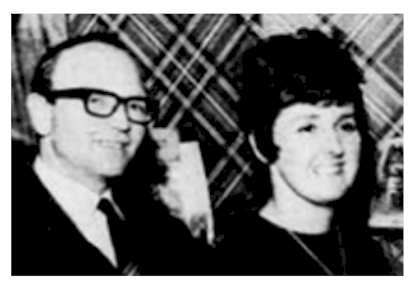Cask Club - 1 Prospect Place - undated
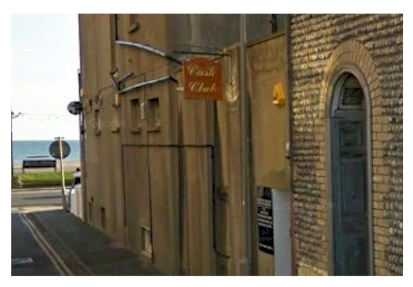
This is the Cask Club, later the Cellar Bar, in Prospect Place. We know very little about it, such as when it started, who owned it, and just about everything else!
We also have to admit to some confusion. We had linked the Robert Bruce Club and the Claymore as being part of its history when in fact this was a different building in the next street along, Augusta Place.
In the interest of continuity, we've added a bit further down about the Bruce and Claymore Clubs.
We also have to admit to some confusion. We had linked the Robert Bruce Club and the Claymore as being part of its history when in fact this was a different building in the next street along, Augusta Place.
In the interest of continuity, we've added a bit further down about the Bruce and Claymore Clubs.
I'm not sure we can call the Cask Club exclusive, more difficult to find! When we first visited the entrance was in the front of a wine bar called Rioja, specialising in Spanish red wine.
Just before the steps up to Rioja, we'd spot some steps going down to the cellar, a common feature on buildings of this age. There was also a doorway down the side, just visible in this picture on the right. This is where the Cask Club lived.
We should add, it had become the Cellar Bar by this time.
In this image from around 2010, you can just make out the small red Cask Club sign down the side of the building.
Just before the steps up to Rioja, we'd spot some steps going down to the cellar, a common feature on buildings of this age. There was also a doorway down the side, just visible in this picture on the right. This is where the Cask Club lived.
We should add, it had become the Cellar Bar by this time.
In this image from around 2010, you can just make out the small red Cask Club sign down the side of the building.
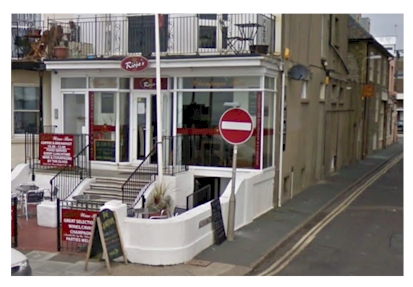
2011
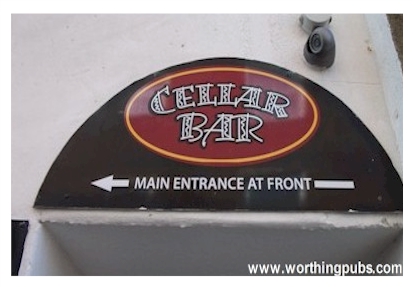
We paid a visit in 2011 just as it opened so we could see what it was like inside before it became populated.
Although it's in a cellar, it was surprisingly spacious, and long. This allowed for entertainment such as bands to play without being tucked in a corner.
We know it was renamed the Cellar bar in around 2011 and opened to all. As you can see, the decor was a little dated but functional.
In May 2015 it was refitted and launched as the Oasis Kitchen & Lounge, with a modern makeover.
December 2016 it closed for a short period and reopened as the Cellar Arts Club, a licensed members-only club.
Although it's in a cellar, it was surprisingly spacious, and long. This allowed for entertainment such as bands to play without being tucked in a corner.
We know it was renamed the Cellar bar in around 2011 and opened to all. As you can see, the decor was a little dated but functional.
In May 2015 it was refitted and launched as the Oasis Kitchen & Lounge, with a modern makeover.
December 2016 it closed for a short period and reopened as the Cellar Arts Club, a licensed members-only club.
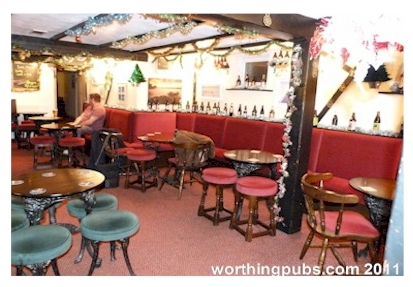
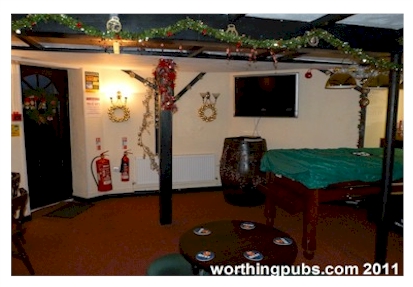
2015 - The Oasis Kitchen & Lounge refit
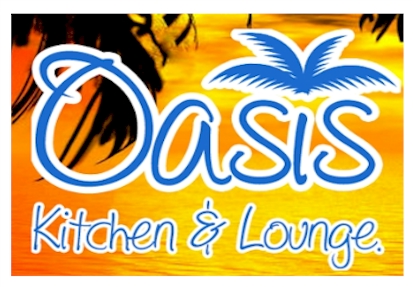
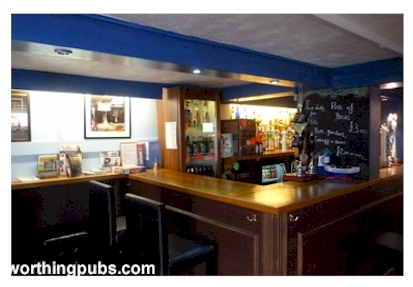
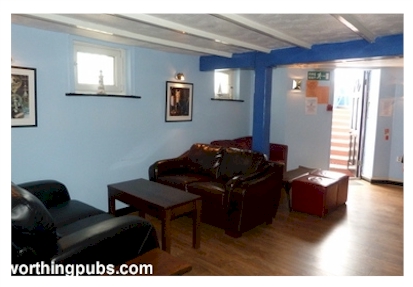
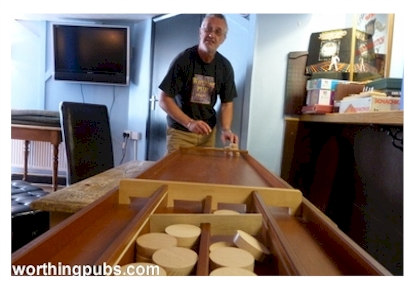
Known Landlords
None?
None?
Robert Bruce & Claymore Club
As mentioned at the top, we inadvertently connected the Robert Bruce and Claymore Clubs with the Cask Club, later the Cellar Bar. We were in error.
The Bruce and Claymore private members clubs were situated at 66 Marine Parade with an entrance in Augusta Place, whereas the Cask club was on the next road along, Prospect Place. The buildings were almost identical.
Right, the then delict building that prevoiusly housed the clubs. The whole block was demolished and replaced with a block of flats known as Augusta House.
Our thanks to the members of Bygone Worthinng (Facebook) for a wealth of information that helped us.
The Bruce and Claymore private members clubs were situated at 66 Marine Parade with an entrance in Augusta Place, whereas the Cask club was on the next road along, Prospect Place. The buildings were almost identical.
Right, the then delict building that prevoiusly housed the clubs. The whole block was demolished and replaced with a block of flats known as Augusta House.
Our thanks to the members of Bygone Worthinng (Facebook) for a wealth of information that helped us.
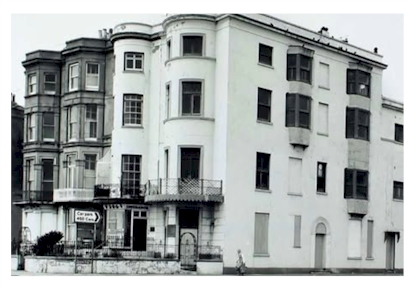
This is Victor Passfield with his wife Mary who started the ball rolling. Victor, a former grocer, opened the Capri Club that fronted Marine Parade, which we think closed in 1959.
It reopened as the Robert Bruce Club around 1961, or at least that was when it was granted a drinks license.
It had been a battle, the authorities suspected that the club was a 'proprietary club', meaning it was owned by Passfield and he benefited from the profits and had overall control.
He however insisted it was a member's club, meaning it was owned and operated solely by the members and Passfield was only paid a salary as he worked there. His inability to supply proof of income didn't help.
In essence, the club was a dining one with some entertainment. Passover did however, open 'Stacks Club' on the floor above, which was for gaming. He was part proprietor.
It reopened as the Robert Bruce Club around 1961, or at least that was when it was granted a drinks license.
It had been a battle, the authorities suspected that the club was a 'proprietary club', meaning it was owned by Passfield and he benefited from the profits and had overall control.
He however insisted it was a member's club, meaning it was owned and operated solely by the members and Passfield was only paid a salary as he worked there. His inability to supply proof of income didn't help.
In essence, the club was a dining one with some entertainment. Passover did however, open 'Stacks Club' on the floor above, which was for gaming. He was part proprietor.
